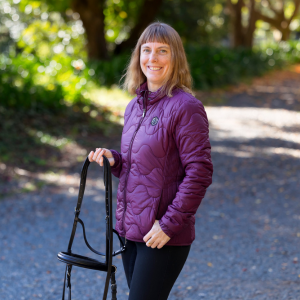
Training the eye: extended trot
Extended trot goes wrong when the front end of the horse becomes disconnected from the back end.This post is to help understand how and why exaggerated forehand lift and extravagent front leg action (sadly often rewarded in dressage) causes a hollow back and trailing hind legs. The hollow back can be hard to spot because of the natural curve of the back, and the saddle being in the way. I want you to be able to identify a hollow back by looking at the front end and back end of the horse and checking whether they are aligned with one another.When a horse is hypermobile, they can appear to lift the forehand, but they are actually over rotating it in isolation instead of lifting it in alignment with the whole body. This type of “lift” causes a hollowing of the back because the front end rotates one way and the back end rotates the opposite way, compressing the spine. The tummy muscles become overstretched and can’t engage. The croup lifts and the hind legs trail: the energy is unable to flow through from hind to front because the alignment of the spine is broken.In a horse working correctly, “lift” of the front end takes place in alignment, in an upward direction, and any rotation in the front end (lifting the front end of the horse) is matched by the hind end (lowering the haunches) which is why the hind cannon angle matches the forearm angle in trot. This keeps the hind end in alignment with the front end so the back can stay aligned and lifted and energy can flow through.Please note: the “correct” drawing is not perfect: the nose should be let out a little so that it’s in front of the vertical and directly above the front hoof, with poll highest point.



